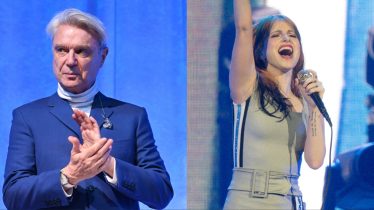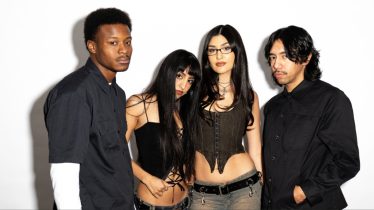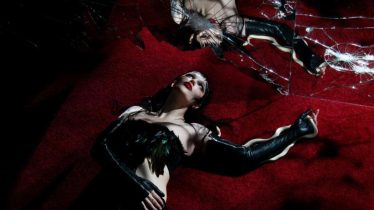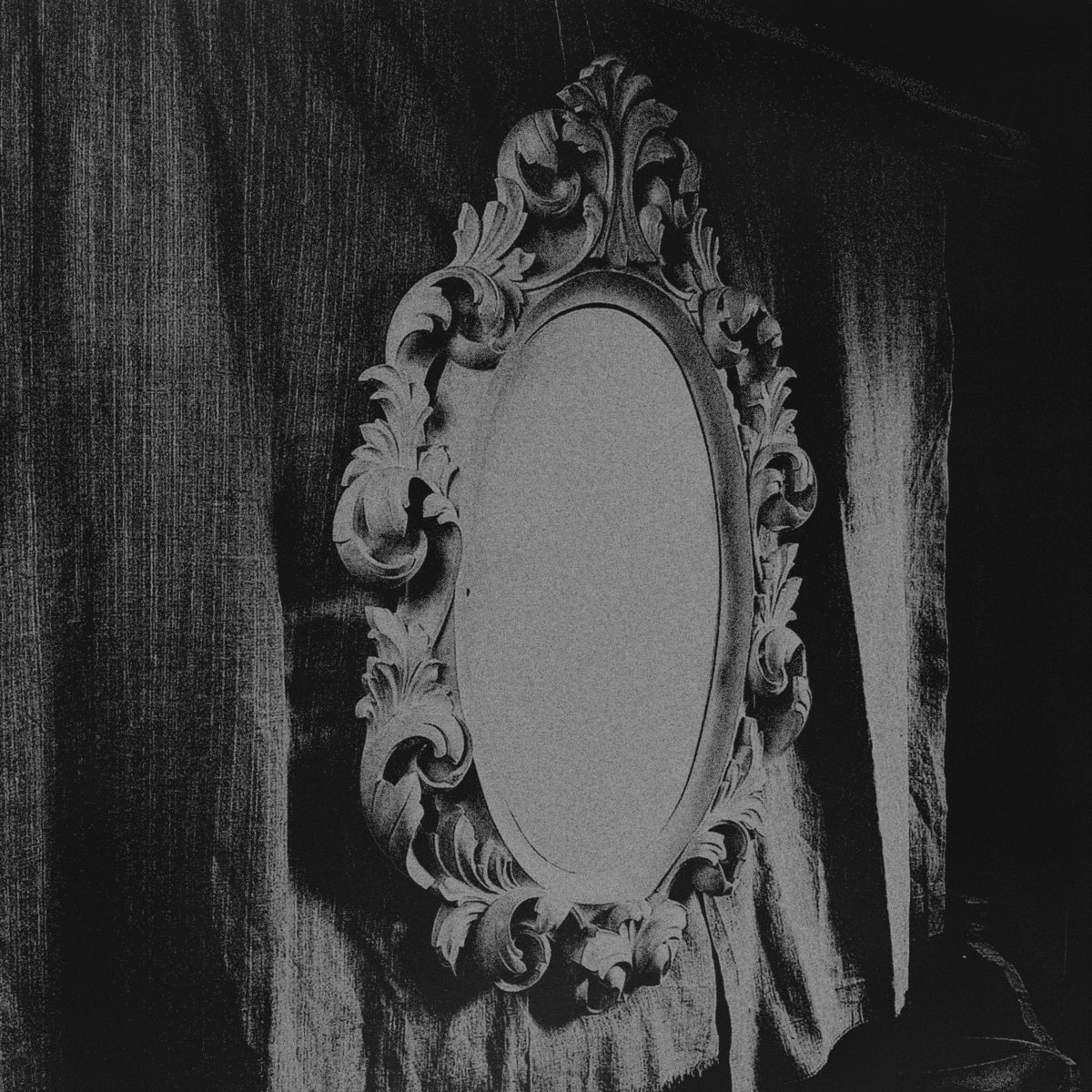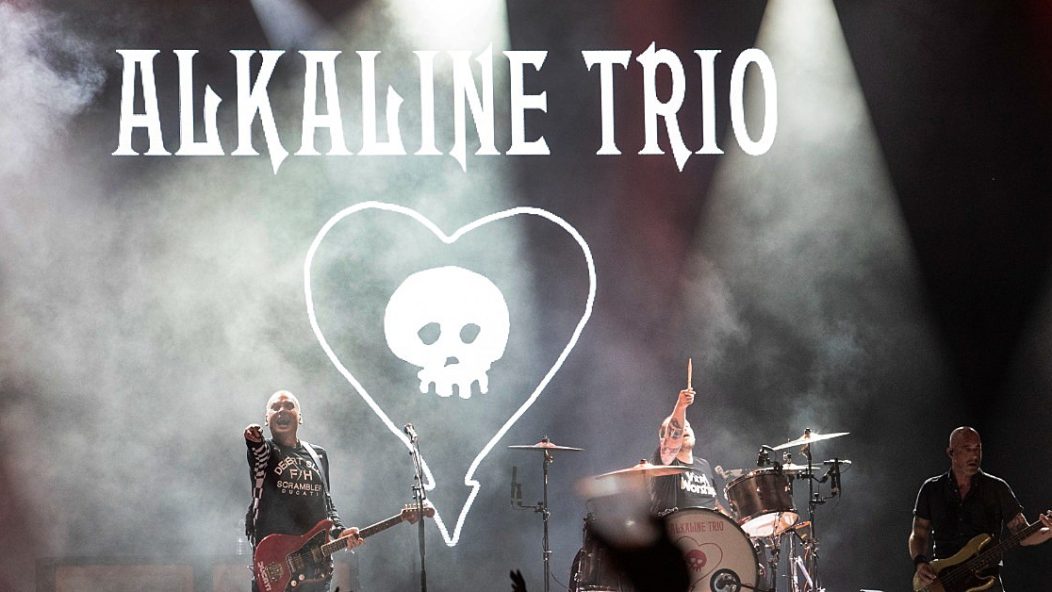
A history of horror punk, from the Damned and Misfits to Alkaline Trio
I Put A Spell On You: Horror-punk roots
Horror punk? Well, the cheapest, tackiest horror films have always been part of the cultural detritus that’s informed the punk aesthetic. Think of Ramones’ ode to The Texas Chain Saw Massacre, “Chain Saw.” Remember the bloody, dripping creature feature font adorning Iggy And The Stooges’ Raw Power album. Punk was partially born in the blue cathode ray light of ‘70s late-night monster movie screenings on UHF television.
But rock ‘n’ roll in general has always had a connection with horror. Screamin’ Jay Hawkins, an operatically trained R&B singer, had a huge 1956 hit with the voodoo-drenched “I Put A Spell On You.” His howling performance featured alongside a stage act that saw him leap out of a coffin with a bone in his nose, shaking a skull-topped walking stick at audiences. That and his supposedly “cannibalistic” performance on the record got “Spell” banned by most radio stations. This didn’t prevent it from selling over a million copies.
Hawkins had an English imitator in the early ‘60s, Screaming Lord Sutch, adopting an almost identical act while growing hair longer than the Beatles and bellowing such grisly fare as “Jack The Ripper.” This led to a “career” in English politics, where he’d run unsuccessfully in every parliamentary election from 1963 to 1997, as the standing candidate for the “Official Monster Raving Loony Party.”
Read more: 10 best ’70s London punk bands, from Siouxsie And The Banshees to Sex Pistols
Then there’s the teen death ballad trend in the ‘50s and early ‘60s — Pat Boone’s “Moody River,” Mark Dinning’s “Teen Angel,” rockabilly moaner Jody Reynolds’ masterful, throbbing “Endless Sleep,” ace girl group the Shangri-Las’ biker heartbreak opera “Leader Of The Pack” and frat rockers J. Frank Wilson & The Cavaliers’ “The Last Kiss” (later covered by Pearl Jam). It got to where it felt like every other record of the time was trying to kill off its target audience. Best of all was Jimmy Cross’ ghastly parody “I Want My Baby Back,” which ended with the singer digging up his girlfriend’s grave and finishing the song from inside the coffin.
The early ‘70s were filled with plenty of early heavy–metal bands who seemingly came straight from an abattoir, such as Bloodrock and the almighty Black Sabbath. But perhaps rock ‘n’ roll saw the most powerful manifestation of its yen for horror with Alice Cooper. Most glam rock scarcely had a mainstream presence until well past its moment.
The former Vincent Furnier and the original band named for the character he portrayed onstage goosed up their gender-bending hard rock with a B-movie horror aesthetic. Which meant beheading Coop onstage with a guillotine, but not before he delivered the necrophiliac “I Love The Dead,” or the utterly frightening “Ballad Of Dwight Fry,” named for a ‘30s character actor and set in an insane asylum. Early ‘70s American youth couldn’t take cross-dressing or ambiguous sexuality, but they sure loved a rockin’ villain ripped straight from a Lucio Fulci film. Was this why the New York Dolls asked their first album’s purchasers the musical question, “Do you think that you could make it with Frankenstein?”
Read more: Catherine McGann recalls photographing Harlem drag balls, Eminem and Flea
Just prior to punk’s dawn, Roky Erickson of Texas psychedelic explorers the 13th Floor Elevators launched a remarkable solo career. His early ’80s album The Evil One, backed by a band called the Aliens, was full of bloodthirsty rock whose lyrics were mostly wholesale chunks of B-horror movie dialogue. The other trademarks, besides Erickson’s unearthly scream, were utterly corrosive guitar work and Bill Miller’s fuzz-drenched electric autoharp. Erickson was easily a bridge from ‘60s counterculture to what was next.
“Too Much Horror Business”: Horror punk’s advent
Obviously, punk had many precedents leading to a fright-film-themed subgenre. So, of course the London scene saw harbingers of Hammer Films-style doom-rock such as the Damned. Guitarist Brian James nailed their colors to their mast with the utterly funereal, psychedelic-tinged “Feel The Pain” on their first album. Singer Dave Vanian cut a distinctly Bela Lugosi-like figure onstage in his white face, panda eye makeup and slicked-back black hair. Then there’s the fact that his stage name’s last part featured a silent “Transyl-.” The Damned later indulged a full-on horror jones in such ghoulish rockers as “Plan 9 Channel 7” and “Dead Beat Dance.”
Meanwhile, in Lodi, New Jersey, a young man named Glenn Anzalone was marinating in the same stew of bloody pre-code EC Comics, trashy late-night horror films and old rock ‘n’ roll that sired Erickson. He gave it full-bloom after he changed his name to Glenn Danzig and formed a band that somehow married the Ramones to a low-budget version of KISS-style showmanship called the Misfits. With their frightful mascot derived from the ‘40s film serial The Crimson Ghost, they set Danzig’s howl to roaring power chords on two-minute gore bombs such as “Horror Business” and “Teenagers From Mars.” It was one of the most powerful sounds and images of the punk era.
Read more: Artists to watch in 2022: Suggestions from chloe moriondo, DE’WAYNE and more
Then there’s early punk’s ultimate cool-rockin’ ghouls, the Cramps. As singer Lux Interior and partner/guitarist Poison Ivy set about creating a more rockabilly– and ‘60s garage-based update of the classic New York Dolls blueprint, the vocalist drew upon Cleveland’s weekly televised horror fests hosted by a subversive character named Ghoulardi. As a result, Cramps albums featured regular doses of grisly raunch ‘n’ roll such as “Human Fly” and “I Was A Teenage Werewolf.” Come the mid-’80s, their lyrical concerns turned toward a more fetish-friendly ‘50s underground sexuality. But the lessons Interior learned from such fine, Ghoulardi-hosted cinematic fare as Attack Of The Crab Monsters were never far behind.
Come the hardcore era, a spooky punk offshoot called death-rock developed in the Los Angeles area. It contained some elements of the ‘77 punk sound, while sharing similarities with the goth culture flowering in the U.K. It also contained some lashings of the goriest early heavy metal. 45 Grave, centered around the deadly charisma of singer Dinah Cancer, and Christian Death were the best of the bunch. Long Beach bruisers T.S.O.L. even took a break from the politically charged hardcore of their first EP with their debut album, Dance With Me. It featured such cheerily morbid slashers as “Code Blue.”
“Undead, Undead, Undead”: Horror punk in the ‘80s U.K.
The most obvious horror-themed offshoot of Britpunk come the ‘80s had to be goth. The mother and fathers of the entire scene, Siouxsie And The Banshees, began in the original punk scene itself, evolving from the Bromley Contingent, the Sex Pistols’ first followers. The Cure also had punk beginnings, Robert Smith even deputizing as a Banshees guitarist after John McKay’s exit. The Damned’s Captain Sensible told Trouser Press magazine that he thought of Bauhaus as a punk band. Certainly, their slash-and-burn glam rock with dark lyrics qualified at least as punk-adjacent. But OG — Original Goth — they certainly were. Their first single, 1979’s “Bela Lugosi’s Dead,” may have even been goth’s opening shot.
“Slash-and-burn glam rock with dark lyrics” could also handily describe the bands centered around London’s Batcave club from 1982 to 1985. It certainly fit Specimen — the Batcave’s flagship band, founded by club founder Olli Wisdom — like a tight mesh T-shirt. They frequently sounded like T. Rex live inside a mortuary. The act who rose highest and long-outlived the club? Alien Sex Fiend, still centered around Nik Fiend and Mrs. Fiend, the electro-shock Lux and Ivy.
Read more: Badflower’s Josh Katz, Ashnikko, K.Flay and more give 2022 music recommendations
Equally, they continue to sonically resemble a particularly grisly collision between the Sex Pistols, the Cramps and a synthesizer with one functioning memory bank. Yes, this is a good thing. Separately, Sisters Of Mercy operated as a spooky, metallic version of Joy Division, with Andrew Eldritch’s Jim Morrison-esque baritone riding bone-crunching guitars and a migraine-throb drum machine. At one time or another, Eldritch’s fellow Sisters included such punk luminaries as bassists Tony James (Generation X, Sigue Sigue Sputnik) and Patricia Morrison (the Bags, the Gun Club, the Damned).
Calling All Skeletons: Horror-punk in the ‘90s to the present
The decade that gave rise to grunge, alt-rock and pop punk saw most of the horror action in its rock arise from the industrial scene. Later in the decade, a number of punk acts would carry the tattered, bloody horror-punk flag into the next century, even if they didn’t initially emerge from that particular coffin. Chicago’s Alkaline Trio began as a typical pop-punk outfit in 1996. Over time, Matt Skiba increasingly indulged the influence not only of the Damned and Misfits, but Bauhaus, the Cure and Sisters Of Mercy. Which meant they were the most morbid of pop-punk bands by the time they entered their hit-making years in the early ‘00s.
AFI began much earlier, in that “Smells Like Teen Spirit” year of 1991. They were pretty much a straight-up hardcore act, until singer Davey Havok and guitarist-from-1998-on Jade Puget increasingly indulged their horror side. Again, they were fully spooky by the time they started scoring hit records. Considering the Cramps were the largest inspirations on the psychobilly scene, it’s not surprising such bass-slapping ghouls as Tiger Army. My Chemical Romance certainly had their dose of creature-feature aesthetics. Murder Dolls, a collaboration between Frankenstein Drag Queens From Planet 13 frontman Wednesday 13 and Slipknot’s Joey Jordison, served as a bridge between the Misfits and Mötley Crüe’s femur-splintering glam-metal. 13’s solo career continues in much the same vein, his most recent release being an EP titled Necrophaze – Antidote, which includes an ultra-heavy remake of INXS’ “Devil Inside.”
